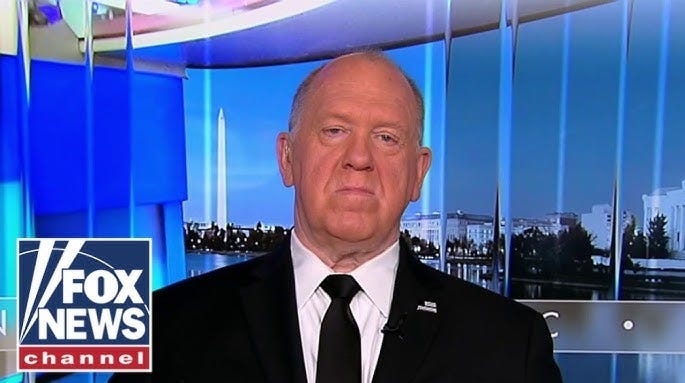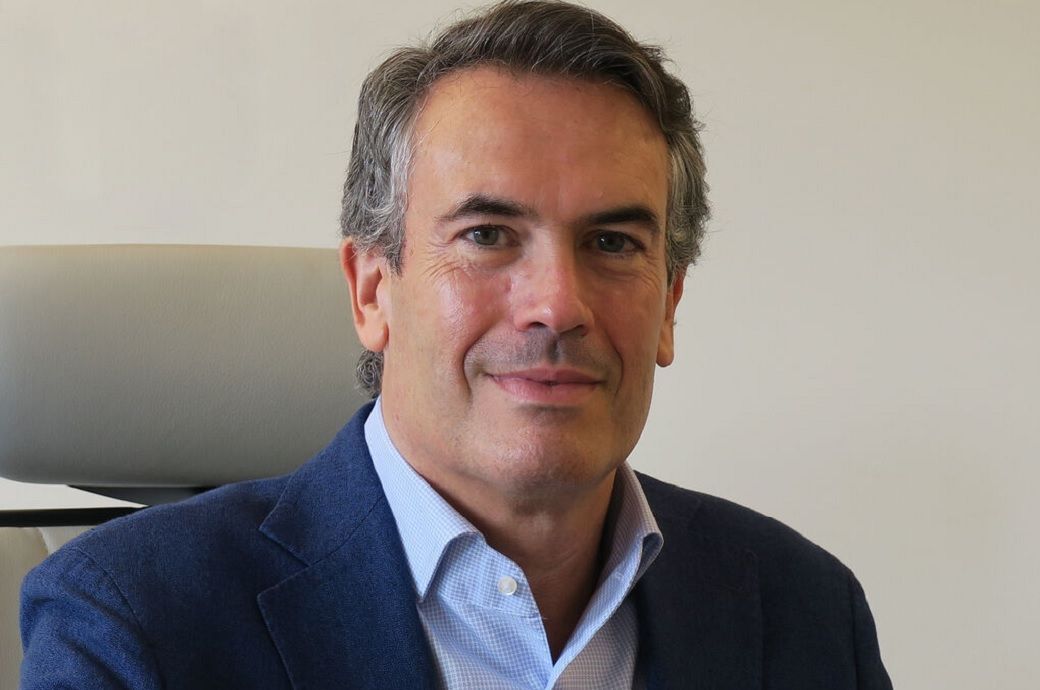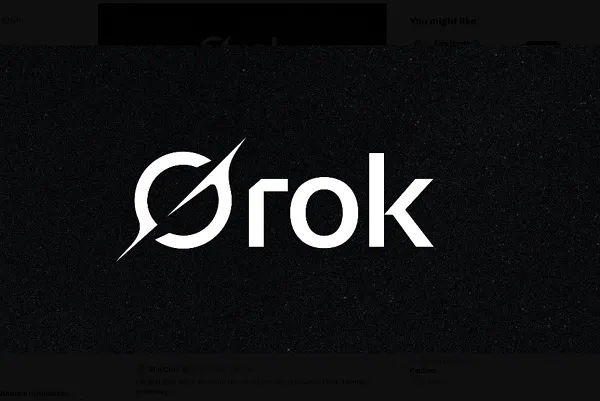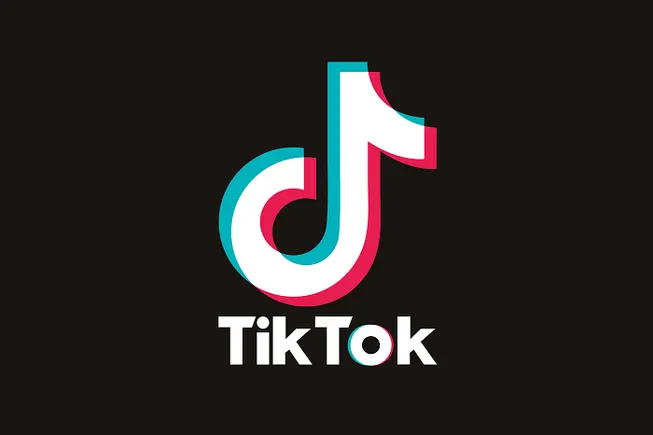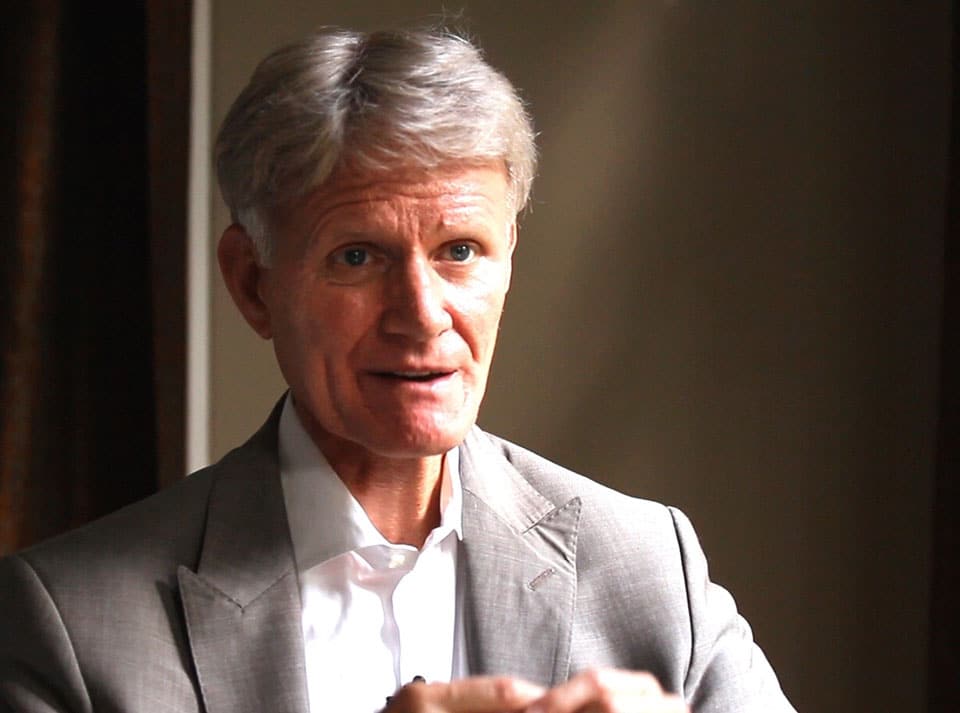Like preceding “Grand Slam” tennis tournaments this year, the recent U.S. Open featured both veteran and up-and-coming players. Together, they brought new energy and much excitement to the courts—and compelling lessons for CEOs and their boards.
From the very first serve, players must execute strategy.
Hours of preparation and analysis help them craft the specific game plan to defeat their opponent. Stepping on the court, players put both ball and strategy in motion. Thereafter, players—like leaders—must find the right balance between the game plan and what’s happening in the moment.
Making your strategy work requires aligning strategy and operations.
Like highly skilled tennis players, leaders continue to execute in the face of setbacks. They adapt to competitive actions, respond to new threats, and adjust course as needed to achieve the objective. The underdog throughout her draw, Madison Keys repeatedly elevated her game to advance to the semi-finals. For Coco Gauff, success meant retaining focus (and belief) to come from behind and win the title.
Importantly, no player succeeds alone. Each has a team of advisors guiding them, anticipating risks, and monitoring progress. They provide specific expertise—individually and collectively—and varied perspectives to help the player make appropriate adjustments and accelerate progress.
CEOs have their boards.
Three quarters into the year, CEOs have already stepped onto the court. They’ve set strategy, engaged the team, and allocated resources to achieve the objective. With just one quarter remaining, it’s critically important to ensure everyone is “dialed in”—including the board. (Borrowing from U.S. Open semi-finalist Ben Shelton.)
Put strategy on the agenda.
Preparing for upcoming board meetings, put strategy on the agenda. Rather than focusing on progress to date—the past—engage the board to look ahead, contributing their specific expertise. Identify at least one critical area where the board can help to drive strategy forward. Four examples:
1) Culture remains a hot topic as companies grapple with continued evolution in work norms and expectations. The board’s role gives it an advantage in defining, nurturing and monitoring the culture that’s needed to achieve the company’s objectives (as I explain here.)
- In what ways is board and company culture making it easier or harder to achieve objectives?
- What needs to change?
2) Customer retention is a key driver of results in any business. Both front and back office can be sources of remarkable value and business intelligence. How they handle a situation can mean the difference between gaining and losing a customer. Tap your board’s varied experience to surface insights about how you might operate more effectively to benefit (and retain) customers.
- In what ways are you driving customers away?
- Which of your competitor’s processes, policies, or practices seem to delight their customers?
- What can you learn from other industries’ operating models?
3) Productivity is always important. Yet leader behavior can kill productivity faster than any ill-thought system, process bottleneck or untrained staff. Of course, the board considers fundamental operating metrics of productivity. It also plays a role in ensuring that leader behaviors adhere to company values—and thus, support productivity.
- To what extent do leader behaviors enhance trust and encourage appropriate risk-taking?
- In what ways does the board model the behaviors, trust, and commitment you need to deliver the intended outcomes?
4) Disruption can derail entire companies. Yet handled well, disruption—or simply, the unexpected—creates tremendous opportunity. Leaders are expected to manage the unexpected. Boards are responsible for anticipating challenges or disruptions and advising management to mitigate risks. To prepare for unexpected events, I advise CEOs and boards to rethink how they think. Integrate scenario thinking into your board meeting to anticipate disruption and the steps needed right now to prepare.
- What are you seeing in the market, other industries, the world, etc. that are most in flux?
- How might these play out in the future?
- What about what you do, how you operate, and who you serve today might flourish or become obsolete in the possible futures you’ve described?
Armed with board insights and keen understanding of what’s been learned, gained, or lost so far this year, CEOs can then decide:
- What critical actions will you take, right now, to reach the destination?
- What adjustments (to resources, people, capabilities, tools) are needed to support the actions?
- In what ways will you strengthen capacity to navigate disruption?
Point by point, successful tennis players constantly evaluate progress and consider what their strategy needs next—first to stay in the game and then, to win. The executives I advise take a similar tack at regular intervals on their strategy journey. Quarter by quarter, CEOs that engage their board to look ahead accelerate performance and achieve the objectives.
Now is the perfect time to assess progress and make adjustments to achieve the objectives on time. It requires finding the right balance between strategy, operations and people amid an ever-changing landscape.
The post Engage Your Board To Discern What Strategy Needs Next appeared first on ChiefExecutive.net.










